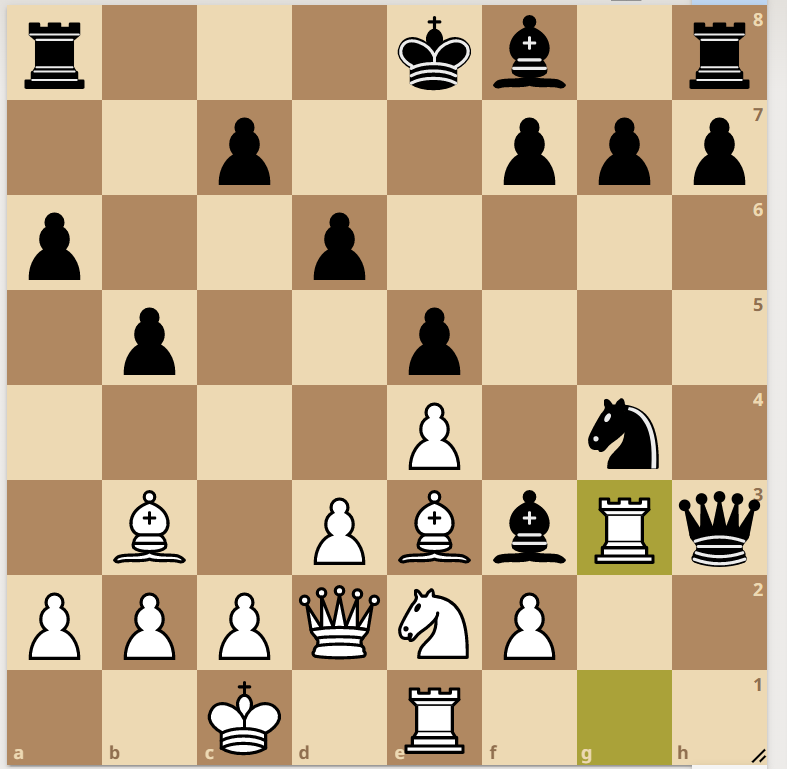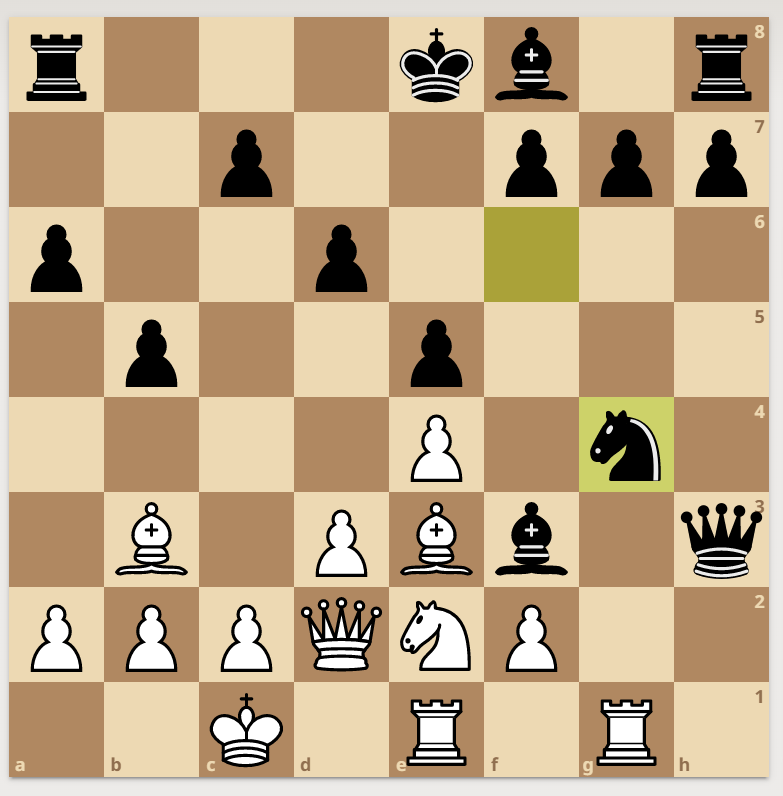
Every three years a new king is crowned in the chess world but how did this system come about? Read below to learn about a brief history of the world chess championship.
What is the World Chess Championship?

The World Chess Championship is an event to determine which chess player holds the title of World Chess Champion. It is the most prestigious match in all of chess and has a long and storied history. Magnus Carlsen is the current holder of the title (since 2013) with his most recent world title defense against Ian Nepomniachtchi in 2021.
Pre-Championship
Before the introduction of the first world chess championship there were a series of players, throughout history, regarded as the most accomplished chess players of their era. These “unofficial champions” include Ruy Lopez (1560), Danican Philidor (1740), De La Bourdonnais (1830-40), Howard Staunton (1843), Paul Morphy (1858), and Adolf Andersseen (1862).
The 1851 London chess tournament organized by Howard Staunton, was a foundational stepping stone to the world chess championship we know today. This chess gathering was the first official international tournament gathering the best chess players in Europe. Adolf Anderssen was the convincing winner and was thus hailed as the strongest chess player of Europe.
First World Chess Championship
The first official World Chess Championship was held in various US cities in 1886. The match pitted the fearsome Wilhelm Steinitz (Prague) against the cunning Johannes Zukertort (England). Steinitz won the match convincingly 10 games to 5 and then went on to hold the title for nearly a decade. He eventually lost the title to the 2nd world champion Emanuel Lasker in 1894.
Early Chess Era
In the early chess era, the process of determining the next World Chess Champion was less structured and more personal. The reigning champion would typically choose the challenger and negotiate the terms of the match, such as the number of games, prize money, and location. This often led to a lack of consistency in the rules and conditions of matches, and the reigning champion had more control over who their next opponent would be. A prime example of this would be the champion Alexander Alekhine, who refused to grant a rematch to his predecessor José Raul Capablanca.
Fide Title
In 1950, the World Chess Federation (FIDE) introduced a new system for determining the challenger for the World Chess Championship. The first Candidates Tournament was organized, and this tournament would determine the next challenger for the title through a systematic double round-robin format. This system provided a more fair and consistent way to determine the challenger, as all qualified players had an equal opportunity to compete for the right to challenge the reigning champion. This new format provided a better-organized system for the World Chess Championship, and it is still in use today.
Soviet Dominance
The Soviet Union had a period of dominance in the World Chess Championship during the 1950s and 1960s, with players such as Mikhail Botvinnik, Vasily Smyslov, and Tigran Petrosian winning the title multiple times. However, it is also widely acknowledged that there were instances of intentional collusion among Soviet teammates to pave the way for two Soviet players to compete in the title match. This practice was widely criticized by the international chess community and seen as an unfair advantage.
Bobby Fischer & Garry Kasparov
Fisher ended the soviet winning streak in 1972 by convincingly beating Boris Spassky in Iceland. This was a monumental shift in the chess landscape as the Soviets had held the title for an unprecedented 34 years. However, Bobby Fischer refused to defend his title in 1975 and Kaprov won by default. Kaprov defended the title for 10 years until 1985 eventually losing to his compatriot Garry Kasparov.
The Split Titles
Disagreements arose between reigning champion Kasparov and governing body Fide in 1993. The relationship became so sour that Kasparov broke away from Fide and founded his own chess organization. Kasparov continued to claim himself world chess champion but Fide disagreed and placed the crown on former champion Kaprov. The situation was resolved in 2006 when the two main title holders, Vladimir Kramnik and Veselin Topalov, played the reunification match and Kramnik emerged as undisputed World Chess Champion.
Present-day
The current World Chess Champion is Magnus Carlsen of Norway, who has held the title since 2013. He has been considered as one of the greatest chess players of all time, and has been breaking records and making history in the chess world. However, after Carlsen’s 2021 victory he suggested that he would not defend his title in 2023. This would mark the first time since Bobby Fischer that the world champion would not defend the title.
The prestigious event
The World Chess Championship continues to be one of the most prestigious events in the world of sports. The history of the World Chess Championship is a testament to the evolution of the game and the incredible players who have competed for the title over the years.













